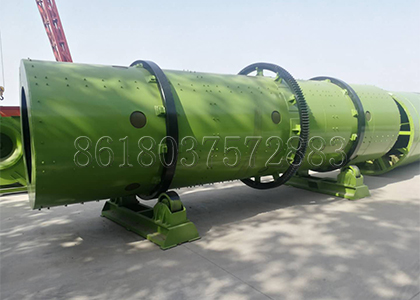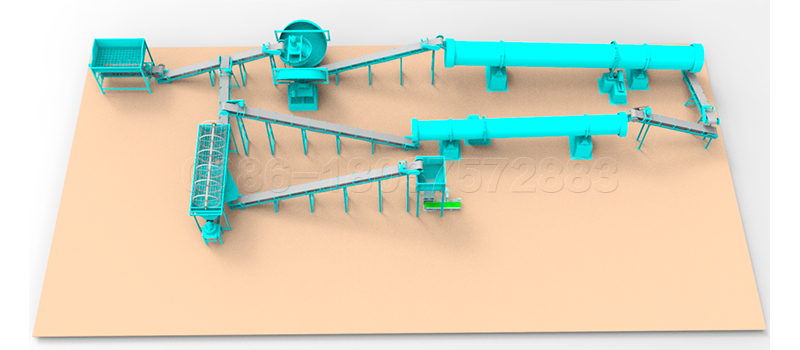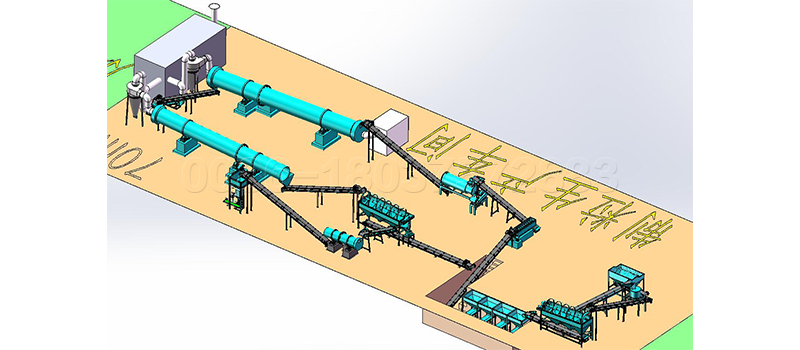Plants need fertilizer for growth. The most common environmental fertilizer is organic fertilizer. Organic fertilizer is a fertilizer containing organic matter, which plays a very important role in the growth of crops.
The raw materials used in the production and processing of organic fertilizer include animal manure, sugar residue, cow manure, sheep manure, horse manure, crop straw and straw, traditional Chinese medicine residue, fly ash, bark sawdust, peanut shell and wheat bran. As long as these wastes are reasonably utilized, the value of organic fertilizer manufacturing process can be brought into play.

Organic fertilizer tipper 1. Trough biological fermentation is adopted. According to your production scale, you need to build three fermentation tanks 9 meters wide and 45 meters long.
The fermentation materials can be continuously put into the fermentation tank and moved 3 meters to the other end of the fermentation tank with a tipper every day. At the same time, the water volume can be adjusted and stirred evenly. This can save a lot of land and labor.
Organic fertilizer crusher. The large impurities and stones in the screened organic fertilizer are separated and crushed, which is beautiful and can ensure the product quality.
Premixer. The screening and crushing of organic fertilizer can ensure the stability of product quality. At the same time, when adding fertilizer and trace elements, it can also play a mixed role in the production of special fertilizer and various compound fertilizers.
Drum granulator for organic fertilizer pelleting. Organic fertilizer and different nutrients are mixed and granulated.
Environmental protection and practical organic fertilizer processing equipment.
There are two ways to increase organic fertilizer:
(1) Commercial organic fertilizer. Commercial organic fertilizer is processed through different fertilizer production lines to obtain organic fertilizer, biological organic fertilizer and microbial fertilizer.
Microbial fertilizer contains a large number of beneficial bacteria, which can fix nitrogen, Dissolve Phosphorus and potassium when applied to the soil.
(2) Farmhouse composting. Including lanolin, rabbit oil, butter, lard, chicken oil, etc. (Note: poultry manure must be completely fermented and decomposed).
More detailed info on organic compound fertilizer, welcome go to https://www.fertilizer-plants.com/granulator-machine-for-fertilizer/



